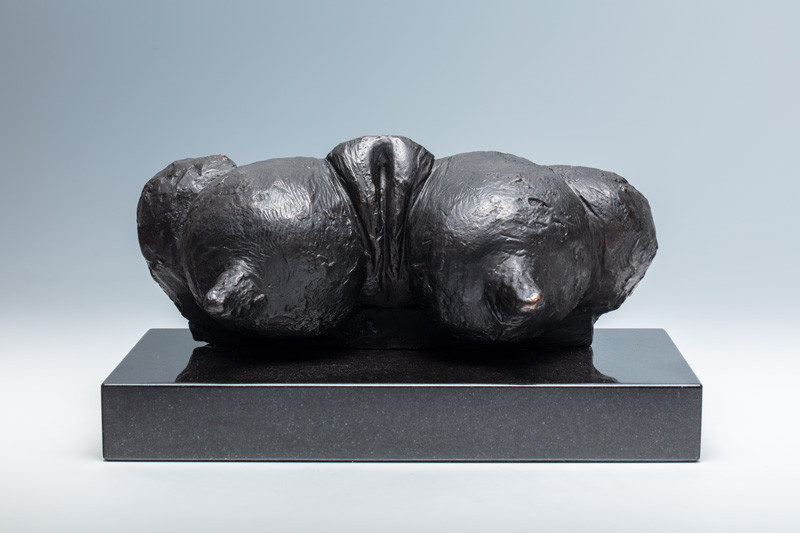
The lifelong inspiration of the French-born American sculptor Gaston Lachaise (1882-1935) was his wife Isabel, who represented to him a source of all womanhood. The intimate acquaintance with her body was a springboard for the artist’s imagination, in which body organs assumed monumental proportions, or existed independently of the whole, as in the sculpture Personnage abstrait dating from 1930-1932. The artist drew on the concept of a body fragment as being a work of art in its own right, as had been pioneered by Auguste Rodin and as was enhanced in modern sculpture by Constantin Brancusi, whom Lachaise greatly admired. In his close-to provocative, frontal portrayal of the female genitals, Lachaise’s sculpture matches up to Rodin’s sculpture Iris, Messenger of the Gods created between 1890 and 1891, or of Gustave Courbet’s painting The Origin of the World of 1886. The freedom, with which Lachaise combined breasts with the vulva into a new anatomical whole heralds the way in which Surrealist artists, such as the sculptor Hans Bellmer, treated fragments of the female body in their art.
